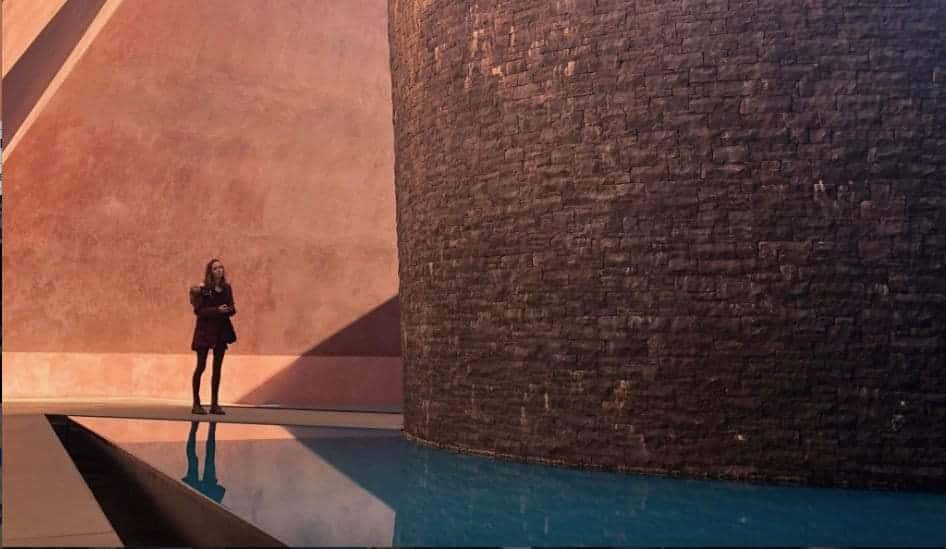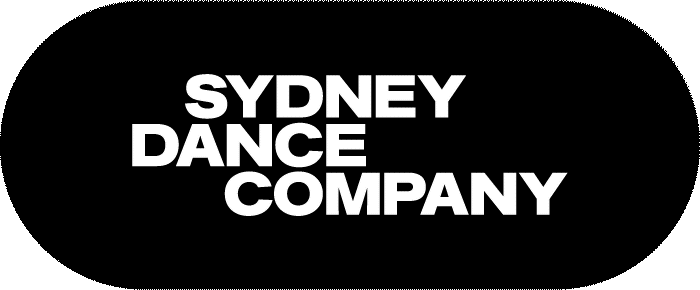Short Course Attendee Spotlight: Simone Richardson


published
Photographer
Let’s Talk Dance is a new series where we deep dive into all things dance including technique, structure and alignment. Featuring different contributors across the series, we will start with an exploration of historical and technical dance knowledge. It’s a great way to understand the significance of dance fundamentals for both beginner and advanced dancers.
This week our contributor Saskia Ellis, is a dancer in ourPre-Professional Year 2020 (PPY) programWith extensive training in classical ballet and contemporary dance and her love of Sydney Dance Company, Saskia found herself increasingly drawn to the philosophies and training principles offered by PPY. This week she takes an in depth look into the biomechanics involved in the humble plié.
Plié
Plié is a French word that simply means to crease, fold and bend. When used within the ballet vocabulary, this refers to the outward folding of the legs.
The plié is the foundation of the majority of movement within dance and is the title of the first exercise at the barre for the commencement of every ballet class. We are often encouraged by our teachers throughout classes and rehearsals to “use your plié, plié more, plie before you push off…”
The plié exercise at the barre commences by standing in first position of the feet. The first of the five positions of the feetis where the extended vocabulary of classical ballet movement was developed and expanded from. Every pathway, position and transition within ballet is executed through the use of the five positions of the feet and arms. This formula is our basis of alignment, posture, and placement. The rotated positioning of the feet on the floor, acts as the groundwork for maintaining rotation throughout the majority of elevated movement sequences and is relevant in almost every classical ballet step.
The first position demonstrates an external rotation of the femur bones thus creating an outward facing position of the feet. This is executed as the very first position used within the plié exercise. The plié creates a slow descent of the upper body, in cause and effect to the release of the pelvis and the controlled outward folding of legs. This means you simply bend your knees to create a crease of the hips and ankles. The spine maintains a vertical and neutral alignment, whilst the pelvis releases to allow for a broader range of movement and further outward extension of the hip joints. It is important to maintain the natural curves of the spine, as this will serve as a shock absorber when pushing off or landing in the plié position during allégro. Avoid tucking the pelvis under as this inhibits the opening of the hip joints, in turn limiting the power in the legs.
Within the plié exercise, the hips, knees and ankles fold slowly in the descent to an extremity where the movement is controlled and held, but no further. This encourages the use of the muscles to maintain the position, as opposed to just “sitting” inactively at the bottom of the plié. The full completion of a plié is a sequential event; the body lowers as we articulate through the legs and feet, which produces an eventual rise of the heels (determined by the length and flexibility of your achilles tendon) as the pelvis lowers to the full plié. The recovery of the position is a direct retrograde of the previously described movement, with the lowering heels pushing towards the floor, causing the pelvis and body to ascend to a standing position. Throughout the execution of the movement, the arms and head move to provide assistance to the action of the legs. The working arm may mimic the sequential lowering of the legs by extending through allongé, into bras bas at the base of the movement, and incorporating a port de bras through first position of the arms as the movement reverses to standing. Ensure you maintain the neutral pelvis and spine when involving the port de bras.
You may also be asked to reverse your port de bras through fifth position of the arms to bras bas, creating an oppositional pull between the torso and lower body. The head and eye-line most commonly follows the pathway of the arm, however perhaps this is an opportunity to query whether we are relying solely on our vision to maintain balance, as opposed to our centre of gravity and body awareness.